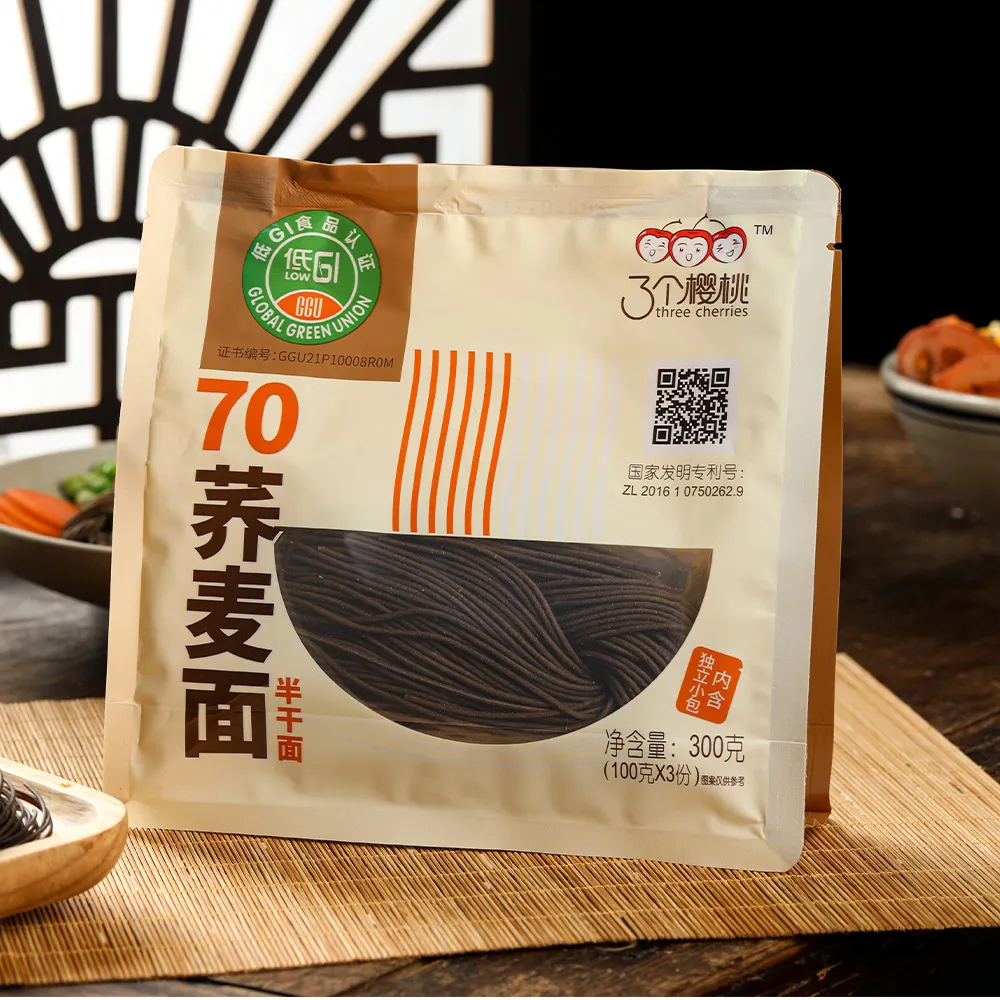Exploring the Delicious World of Chinese Cold Noodles and Their Unique Flavors
The Delight of China’s Cold Noodles A Culinary Journey
Cold noodles are a cherished delicacy in Chinese cuisine, presenting a unique blend of flavors, textures, and cultural significance. Often enjoyed during the hot summer months, these dishes offer a refreshing contrast to the heat, providing satisfaction without the heaviness of cooked meals. This article delves into the history, preparation, and diversity of cold noodles across China, inviting you to explore this delightful staple.
Historical Background
The origins of cold noodles in China can be traced back over a thousand years. Historical records indicate that the practice of mixing cooked noodles with cold ingredients arose during the Tang Dynasty (618-907 AD). As trade routes expanded, influenced by various culinary practices across Asia, noodle-making techniques evolved. By the time of the Song Dynasty (960-1279 AD), references to cold noodles became more prominent in literature, signifying their growing popularity among the populace.
Cold noodles serve not only as a meal but also as a reflection of regional tastes and ingredients. Each province has developed its distinct version, influenced by local produce, climate, and culinary traditions.
Varieties of Cold Noodles
1. Liang Pi (凉皮) Originating from Shaanxi Province, Liang Pi is made from wheat or rice flour and is characterized by its chewy texture. The noodles are typically served cold, layered with shredded cucumbers, bean sprouts, and topped with a savory sauce made of chili oil, vinegar, garlic, and sesame. This dish captures the essence of summer for many and is often found in street food stalls across the region.
2. Zha Jiang Mian (炸酱面) While primarily a hot dish, Zha Jiang Mian can also be enjoyed cold. This dish includes noodles served with a thick and flavorful sauce made from fermented soybean paste, ground pork, and chopped vegetables. When served cold, the dish’s freshness is accentuated, making it a favorite during warm days.
3. Cold Noodles with Sesame Sauce (芝麻凉面) In many Chinese households, especially in northern regions, cold noodles tossed in sesame sauce are a summer favorite. The creamy and nutty flavor of sesame sauce blends perfectly with the chilled noodles, delivering a nourishing and refreshing meal. Ingredients like shredded carrots, sliced cucumbers, and scallions are often added, enhancing the dish’s color and nutrition.
china cold noodles

4. Korean Cold Noodles (Naengmyeon) in China With the influence of Korean cuisine, many Chinese enjoy Naengmyeon, a dish made from buckwheat noodles served in a cold beef broth. Although its roots are Korean, it has gained popularity in China, with local twists such as adding chili sauce or vinegar to enrich the flavor.
Preparation and Ingredients
The art of making cold noodles begins with selecting the right type of flour or base. Wheat, rice, and buckwheat flours are commonly used, affecting the noodles' texture and flavor. The preparation usually involves kneading the flour into dough, rolling it into thin strips, and then cooking it briefly before cooling it down in ice water to stop the cooking process.
Once cooled, the noodles are ready to be dressed with a variety of sauces and toppings. The sauces used for cold noodles vary greatly, from spicy chili oil to rich sesame paste, and the choice of vegetables can be adapted to reflect seasonal availability. Fresh herbs, pickled radishes, or peanuts can also add an extra layer of flavor, pleasing both the palate and the eye.
Cultural Significance
Cold noodles are more than just a meal in China; they embody the principles of harmony and balance in cuisine. Eating cold dishes represents a way to cool down during the summer, a thoughtful reflection of the yin-yang philosophy that permeates Chinese culture. Given their ease of preparation and versatility, cold noodles have become a beloved comfort food for many families.
In recent years, cold noodles have seen a resurgence in popularity among younger generations, spurred by social media and food bloggers showcasing trendy interpretations and innovative recipes. This traditional dish continues to adapt while holding onto its rich cultural heritage.
Conclusion
China's cold noodles offer a fascinating glimpse into the country's diverse culinary landscape. With numerous varieties and regional adaptations, they embody the essence of seasonal eating and cultural tradition. Whether served at a bustling street fair or as a homemade meal, cold noodles are a testament to the delightful and multifaceted nature of Chinese cuisine. So next time summer rolls around, invite friends and family to join in a cold noodle feast, celebrating flavors and creating memories.
-
Unleash Your Inner Chef with Delectable Italian Pasta CreationsNewsAug.01,2025
-
Savor Health and Flavor: Irresistible Soba Noodles for Sale Await!NewsAug.01,2025
-
Nourish Your Body with Premium Organic Ramen - A Culinary Delight AwaitsNewsAug.01,2025
-
Elevate Your Dishes with Our Exquisite Kinds of Egg NoodlesNewsAug.01,2025
-
Dive into Flavorful Convenience with Our Ramen OfferingsNewsAug.01,2025
-
Discover Exquisite Types of Naengmyeon and Chilled Soba NoodlesNewsAug.01,2025
-
Is Whole Wheat Pasta Healthy?NewsMay.30,2025
Browse qua the following product new the we

















































































































